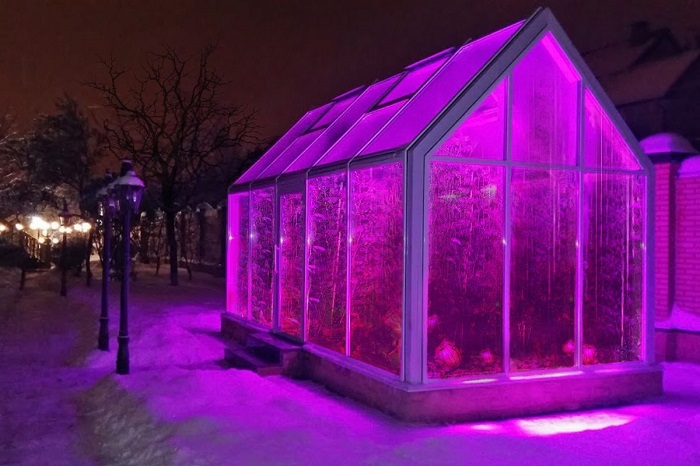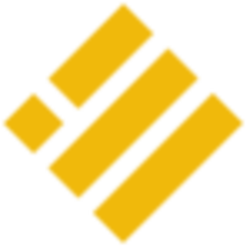In the world of modern agriculture and horticulture, new technologies are constantly being sought to ensure plant growth with maximum productivity and efficiency. One of such innovative developments is phytotape – a special tape with LEDs that provides optimal lighting for plants at any time of the year and in any condition. Let’s take a closer look at this technology.
Content
- What is phytotape?
- Advantages of using phyto tape for growing plants
- How does phytotape work?
- Practical advice on the use of phyto tape
- Conclusion
1. What is phyto tape?
Phytotape is an innovative means of lighting for plants, which consists of a flexible tape with light-emitting diodes (LED). This tape is specially designed to provide an optimal spectrum of light for plant growth and development in indoor areas such as greenhouses, greenhouses and other areas of agriculture and horticulture.
The main purpose of phytolenta is to replace or supplement natural light, which may be insufficient or unstable, especially in conditions of limited access to sunlight in winter or in closed rooms. Phytotape provides plants with the necessary amount of light and the correct spectrum for photosynthesis and other physiological processes.
Usually, phyto tape consists of a flexible tape on which LEDs of different colors and powers are placed. This allows you to precisely control the intensity of light and its spectrum, as well as to position the tapes according to the needs of specific types of plants or stages of their growth.
2. Advantages of using phyto tape for growing plants
The use of phyto tape for growing plants has many advantages that make it an indispensable tool for modern agriculture and gardening. Let’s consider the main advantages of this innovative technology:
- Efficiency and cost-effectiveness: Phytolents use LED technology, which ensures high lighting efficiency. They consume less energy compared to traditional light sources such as incandescent or mercury vapor lamps, which allows you to reduce electricity costs and make growing plants more economically profitable.
- Control of light parameters: Fitolenta allows you to precisely adjust the intensity of light and its spectrum, which allows you to adapt the lighting conditions to the needs of specific types of plants or their different stages of development. For example, you can change the spectrum of light to stimulate flowering or increase the size of leaves.
- Minimal heat generation: Since phytolants use LED technology, they have minimal heat generation compared to traditional light sources. This allows you to place the phyto tapes close to the plants without the risk of overheating or drying out, which can be important especially in indoor growing conditions.
- Ensuring optimal conditions at any time of the year: Phytolents allow you to provide plants with the necessary light at any time of the year and in any conditions, regardless of the season or climatic conditions. This allows you to grow plants at any time, maintaining stable growth and development.
In general, the use of phyto tape for growing plants is a profitable investment solution for agricultural and horticultural enterprises. It allows you to effectively control the lighting conditions and increases the productivity and quality of growing plants.
3. How does phytotape work?
Phytolenta works on the basis of LED technology, which provides plants with the necessary light for photosynthesis and other physiological processes. The main principle of the phyto tape is the emission of light with a specially selected spectrum that is optimized for plant growth.
Phyto tape consists of a flexible tape on which LEDs of different colors and powers are placed. Each LED color has its own properties and affects different aspects of plant growth. Example:
- Red light: Promotes photosynthesis and stimulates flowering and fruiting.
- Blue light: Promotes growth and development of leaves and stems.
- Green light: Has an effect on growth regulation and photoperiodism of plants.
- Yellow and orange light: Provides additional energy nutrition for plants.
In addition, phytolens can adjust the intensity of light and the duration of lighting, which allows you to create optimal conditions for different types of plants or different stages of their growth. For example, in the early stages of plant growth it may be important to use more blue light, while in later stages it may be important to use red light to support flowering or fruiting.
In general, phyto tape allows you to create an optimal environment for the growth and development of plants by precisely controlling light parameters, which contributes to increasing the yield and quality of plant growth.
4. Practical advice on using phyto tape
Using phytotape to grow plants can be effective if you set up and apply this technology correctly. Here are some practical tips to help you get the best results:
- Choosing the optimal light spectrum: Before choosing a phyto tape, determine the light needs of your plant species. Each type of plant may require a different spectrum of light at different stages of growth. For example, more blue light may be important in the initial stages of growth, and red light in the flowering stage.
- Correct location of the tape: Place the phytotape at the optimal distance from the plants. This is usually a distance of 15 to 30 cm, but this can vary depending on the power and type of tape, as well as the needs of specific plant species.
- Adjusting the intensity and duration of lighting: Control the intensity of the light emitted by the phyto tape, as well as the duration of the lighting. Some plants may need more light than others, so it’s important to adapt these settings to your plant’s specific needs.
- Setting timers: Using timers to automatically turn the planter on and off can help provide plants with consistent light conditions. Adjust the timers taking into account the light needs of the plants at different stages of their development.
- Regular maintenance and support: Periodically check the phyto tape for damage and contamination. Clean it of dust and other impurities to ensure maximum lighting efficiency. It is also important to check the operation of the LEDs and replace damaged diodes if necessary.
By following these practical tips, you will be able to make the most of the phytobelt to grow a healthy and strong plant culture.
5. Conclusion
In the world of modern agriculture and horticulture, the use of phyto tape is becoming an increasingly popular solution to ensure optimal lighting and plant growth. This innovative technology allows you to control the spectrum of light, intensity and duration of lighting, which makes it an important tool for achieving high yields and improving the quality of products.
Studies show that the use of phyto tape leads to improved growth, development and quality of plants, regardless of growing conditions. It allows you to optimize the lighting conditions for the specific needs of cultivated plants, which leads to an increase in yield and a decrease in energy costs.
Thus, phytotape opens up new perspectives for agricultural production and horticulture, allowing farmers and gardeners to provide plants with optimal conditions for growth and development at any time of the year and under any conditions. Further research and development of this technology can lead to further improvements in the productivity and sustainability of crop production, which is an important step towards the sustainable development of agriculture.

















